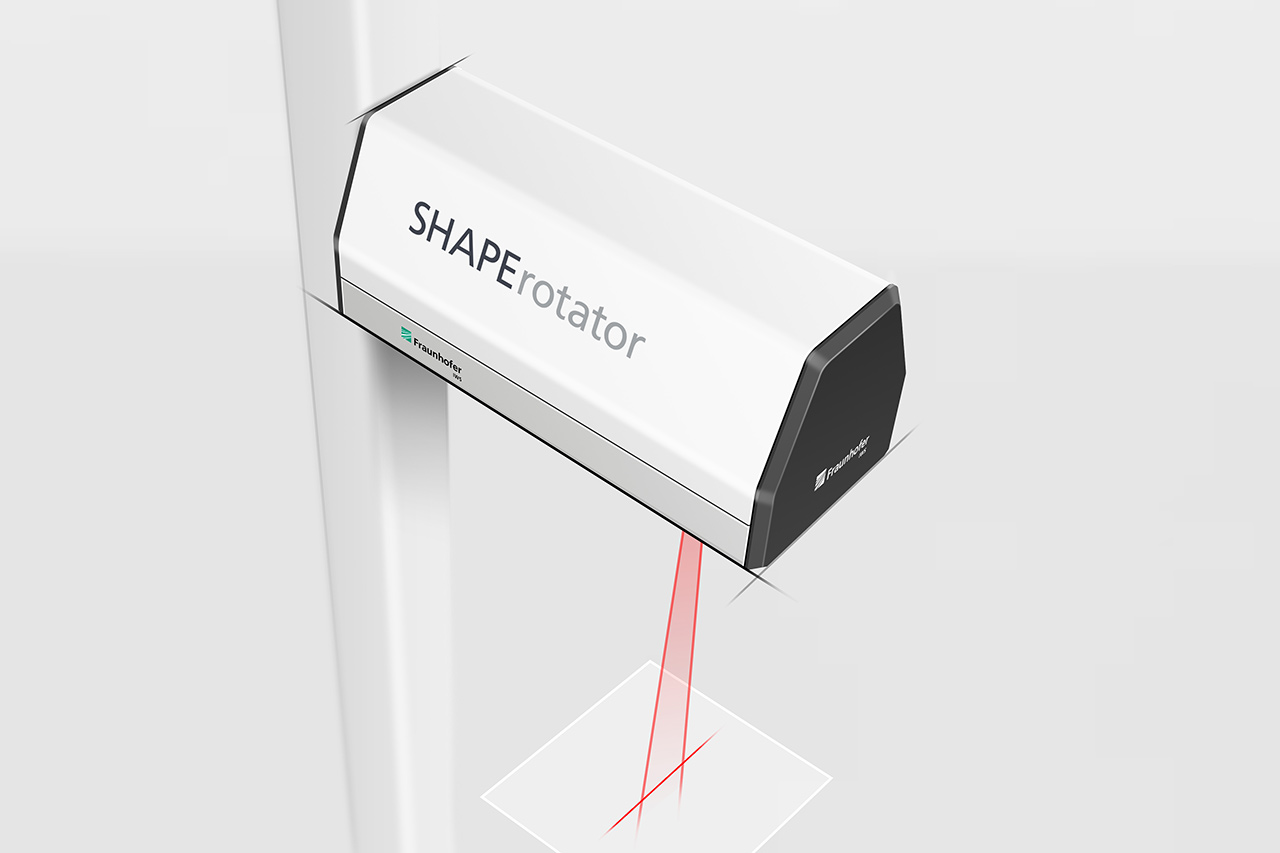Laser material processing with ultrashort pulse lasers is a high-precision and low-damage process that can be used to process even transparent or brittle materials with high quality. However, one limitation of this process is its low productivity, as it is often not possible to use full power to achieve high processing quality. One approach to meet this challenge is to distribute high laser powers over several partial beams operating in parallel. Classically, the spatial orientation of these beams is fixed, resulting in multiple parallel lines when scanning in one direction and only one line when scanning in the orthogonal direction. Similar limitations also exist when beam shaping elements are used to optimally adapt the intensity distribution in the single beam to the process, using non-rotationally symmetric beam shapes, such as an elongated beam. Here, too, the process result depends on the feed direction if the beam shape orientation is fixed. It is therefore necessary to align the beam shape in a controlled manner to the direction of the feed motion. In applications where the laser beam must follow a contour with changing directions (such as laser cutting), the alignment must be continuous and synchronous with the movement. The requirements for the dynamics of the beam shape alignment are very high, especially for scanner-based beam deflection. Up to now, there has been no technical solution for this.
The newly developed SHAPErotator optics module addresses this limitation by dynamically aligning the beam profile during the scanning process. This makes it possible to work with several partial beams simultaneously, with each beam containing the power required for optimum quality. The scientists are looking for partners from industry and research to test and further develop the system.
 Fraunhofer Institute for Material and Beam Technology IWS
Fraunhofer Institute for Material and Beam Technology IWS